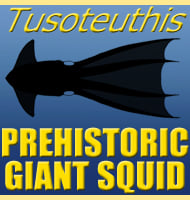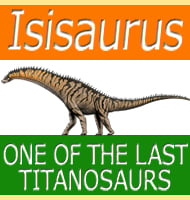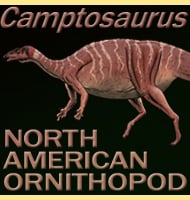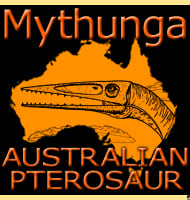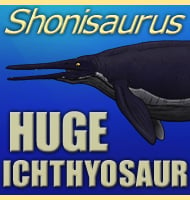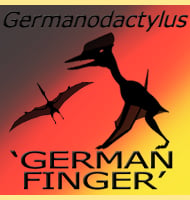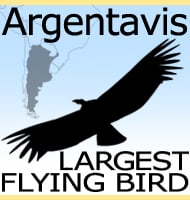In Depth
Named in 2015, Zoneait was an important discovery for those interested in marine crocodiles. Zoneait represents a transitional genus and possible sister taxon of the Metriorhynchidae, the group that features many famous genera of marine crocodiles such as Metriorhynchus and Geosaurus. In addition to this the Zoneait holotype fossils were found in fossil bearing deposits estimated to have come from the Aalenian age of the Jurassic, meaning that at the time of the first description of the genus, Zoneait is the oldest marine crocodile that we know about.
However as is often the case, although Zoneait is the oldest marine crocodile at the time of its discovery, it is not the most primitive form known to us. Both Teleidosaurus and Eoneustes are known from the Bajocian stage of the Jurassic, and yet both are more primitive in form when compared to Zoneait. Zoneait has been stablished as a marine crocodile upon the basis that all remains have so far been found in what would have been a shallow marine environment, and the eyes were also orientated to look out to the sides instead of above like in modern day semi-aquatic crocodiles which ambush animals that are above them. Passages for enlarged blood vessels have also been found on Zoneait skulls, strongly suggesting that these were for carrying blood to a salt gland which would have extracted the unusually high levels of salts from the blood which would have been absorbed by living in a salt water environment.
Ultimately though, Zoneait was not as well adapted to a marine lifestyle as later metriorhynchid crocodiles such as Tyrannoneustes and Plesiosuchus. Key to this understanding is the forelimbs which are not shaped into paddles like in true metriorhynchids. In addition the forelimb only shows some shortening of the lower ulna (one of the lower forelimb bones), while no reduction is apparent in the humerus (upper arm limb bone). This tells us two things, one being that forelimb reduction in marine crocodiles would have started in the lower extremities of the limb, before eventually progressing into the upper forelimbs of later descendants. Second is that Zoneait might not have spent as much time in the water as true metriorhynchids, and possibly spent more time on the coastlines to rest. It is for these reasons that Zoneait has been placed within the Metriorhynchoidea, making the genus a metriorhynchoid. Here Zoneait is treated as a sister taxon to the metriorhynchids of the Metriorhynchidae, evolving alongside their ancestors, though possibly not being ancestral to them. Only future research and discoveries will allow us to be sure.
Further Reading
- A new metriorhynchoid (Crocodylomorpha, Thalattosuchia) from the Middle Jurassic of Oregon and the evolutionary timing of marine adaptations in thalattosuchian crocodylomorphs. - Journal of Vertebrate Paleontology 35 (2): e902846. - Eric W. Wilberg - 2015.

